This page lists football stadiums and leagues from around the world by country. On our other pages you can see grounds listed by league or by tournament.
Each country page contains information on all the stadiums and leagues from that nation as well as information about the history of football and the national team.
Home Nations
England
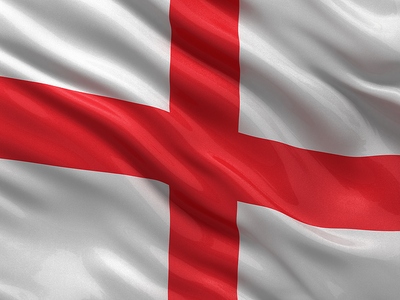
England is widely considered to be the ‘home’ of modern day football. The English Football Association is the oldest in the world, having been formed in 1863. The English national side, meanwhile, played its first game in 1872 and is the joint-oldest alongside Scotland. England have won just one major honour: The 1966 World Cup.
There are 92 teams competing in the top four divisions of England, though the top-flight, the Premier League, is not part of the Football League and exists as a separate entity. This is made up of twenty teams, meaning that the Football League itself contains 72 teams split over three different divisions. There are called the Championship, League One and League Two.
Wales
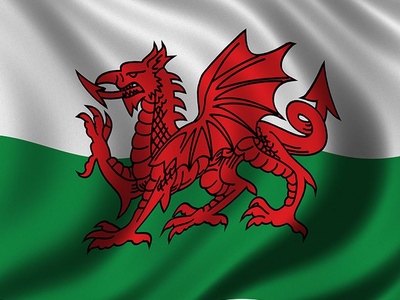
Wales is one of the ‘minnows’ of the international footballing stage. They have only qualified for two major international tournaments during their entire existence: The 1958 World Cup and the 2016 European Championships. They reached the quarter-final stage of the former and were knocked out by the host nation France in the latter.
There is only one noteworthy league in the Welsh footballing pyramid and that is the Welsh Premier League. Even though the winners of the top-flight league in Wales enter the Champions League qualifying stage and the second-placed team enter the same point of the Europa League competition, most of Wales’ best teams actually play in the English league system.
Scotland

Despite boasting the joint-oldest national association football side anywhere in the world, Scotland have long disappointed on the international stage. They have appeared in eight World Cup tournaments but have never progressed beyond the group stage. Similarly their two European Championship appearances have seen them fail to make it to the knockout stage of the competition.
The Scottish top-flight is one of the least competitive leagues in football, with two teams having dominated the division since its inception. With the exception of fourteen occasions since it began in 1890 the league has been won by either Celtic or Rangers. The former is the more successful of the two in European competitions, having won the European Cup in 1967.
Northern Ireland
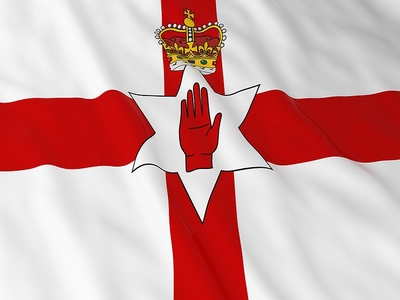
The footballing history of Northern Ireland is inextricably linked to the social and political history of the country. Being so close to England, where football was invented and popularised, and being part of the same union, it’s no surprise that Ireland began playing the sport earlier than most other European nations. To begin with, they did so as part of a united Ireland, with the split into becoming Northern Ireland and the Republic not happening until 1920 politically, and 1953 when it came to footballing matters.
As a result, there’s always been a lack of clarity when it comes to discussions about Northern Ireland’s footballing matters. The national side’s past is linked closely to that of the Republic of Ireland, despite what the tensions of the modern era might tell you. The league system has also always struggled to properly take off, with most fans in the North of Ireland having an English Premier League or Scottish Premiership team that they support first, then a local Irish side second. Even so, there are twenty-four semi-professional clubs in Northern Ireland, split over two divisions.
Other Countries
Austria
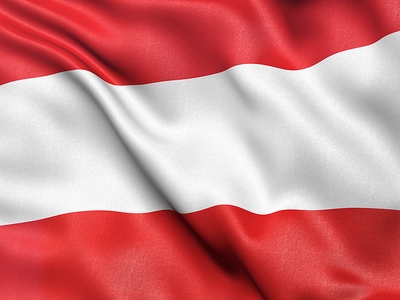
Football arrived in Austria in 1890, gaining popularity almost immediately in the nation’s capital of Vienna. By 1900 there was a cup competition to play for, though the format of it was more like a league. That was the impetus for a league to be set up, which happened in 1911 and became professional in 1924. It was only for clubs in the district of Vienna, however, so a rival league for amateur clubs was set up in 1929 and Viennese clubs were excluded from joining.
The league system in Austria is a complex one, with the top two divisions coming under the organisational duty of the Bundesliga and the rest being the purview of the Austrian Football Association. There are more than five tiers within Austrian football, though only the top two have one division to worry about. The rest are split up according to the geographical location of the teams that are playing in them. That disparate lack of cohesion might explain the struggles of the Austrian national side, which has never made it out of the Group Stage of the Euros and regularly failed to qualify for the World Cup.
Azerbaijan
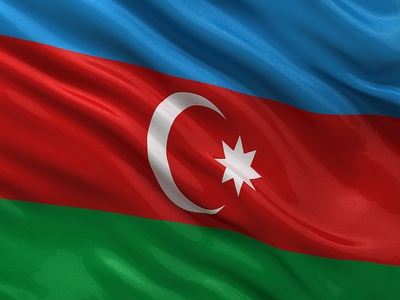
The story of football’s history in Azerbaijan can really be split into two sections: The football that took place during the soviet era and the football that happened once the country gained independence from Russia at the start of the 1990s. The first football teams were formed in the country’s capital city of Baku in 1905, whilst the nation didn’t play its first official match as an independent state until 1992. They have entered the qualifying stages of every international tournament since the European Championships in 1996, though at the time of writing they have yet to quality for the knockout stage of any of them.
The top-flight league in the country is the Azerbaijan Premier League, or Azərbaycan Premyer Liqası in its native language. Eight teams take part in the league every year and play each other four times; twice at home and twice away. The top team enters the play-offs for the Champions League and the bottom two teams get relegated down to the Azerbaijan First Division and replaced by the top two teams from there.
Belgium
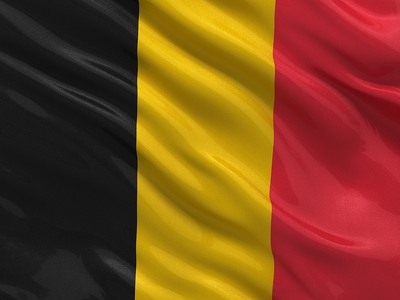
The stereotype of Belgian football from years gone by is that they play physical, well-organised teams who aren’t afraid of putting it about a bit and roughing up the opposition. Their best performance in international competition came when they reached the final of the 1980 UEFA European Championship, losing 2-1 to West Germany, but they did well in the 2018 World Cup too, beating England 2-1 to claim 3rd place. They also won the Gold Medal at the 1920 Summer Olympics.
On the domestic front there are 24 professional teams plying their trade in Belgium. Sixteen of them play in the country’s top-flight, the Belgian First Division A, with the remaining eight playing in the Belgian First Division B. The leagues in the country are connected via a relegation and promotion system, and the way promotion and relegation works between the two professional leagues complicated to say the least.
Bulgaria
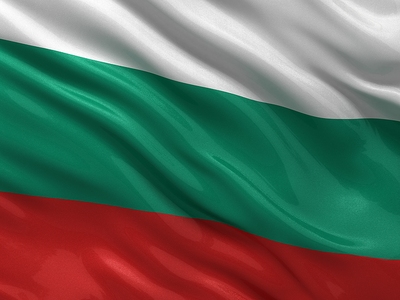
Bulgaria is a unique country in Europe when it comes to football for one simple reason: The way in which the sport was introduced to its occupants. The rest of the countries in Europe discovered the game when expats or workers from Britain introduced it to them. In Bulgaria it was actually a couple of Swiss gymnastics teachers who first showed Bulgarians how to play ‘kickball’. Ever since they have clung to that initial Swiss neutrality, never doing better than reaching the semi-final stage of the World Cup and the quarter-finals of the European Championships.
When it comes to the domestic side of the game the Bulgarians have opted for complexity over simplicity with its league structure. Though there are only fourteen teams that compete in the wonderfully named First Professional Football League, the season is split into two halves. The first half sees each team play each other twice, once at home and once away. The league is split into two halves at this point, with the top six teams competing against each other to be declared Bulgarian champions. The bottom eight are divided in two again, with one group playing for European places and the other for relegation.
Croatia
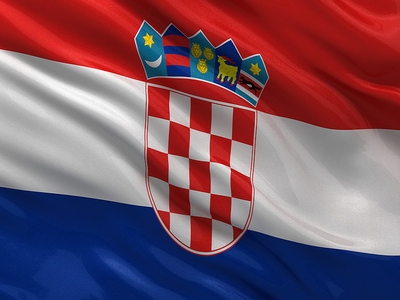
Called nogomet in its native language, football is the most popular team sport in the entirety of Croatia. The game was first introduced to the country in 1873 and has grown exponentially ever since then. Croatia was made a part of the Soviet Federal Republic of Yugoslavia after the Second World War, so Croatian players played for Yugoslavia until the country gained independence in the 1990s. They immediately impressed on the international stage, reaching the quarter-finals of the UEFA European Championships in 1996 and finishing third in the FIFA World Cup in 1998. They went one better 20 years later and came second in the 2018 World Cup, losing 4-2 to France after seeing off England in the semi’s.
Compared to numerous other European countries such as Poland and Denmark, the Croatian top-flight format is blissfully easy to understand. There are ten teams in the league and they play each other four times – twice at home and twice away. At the end of the season the team in first position – which is normally Dinamo Zagreb – are crowned champions. The bottom placed team is relegated and the team second from bottom enters a play-off with the team that finished second in the 2. HNL. There are seven levels to the football pyramid in Croatia and the 1.HNL is the top one.
Czech Republic
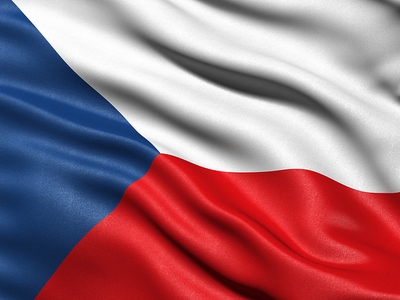
The country’s footballing history is a complicated one, with the national football team of then-Bohemia having been formed in 1901 when it was part of the Austro-Hungarian empire. It later became known as Czechoslovakia and the top-flight in the country was the Czechoslovak First League between 1925 and 1993. The country was then dissolved, becoming the Czech Republic and Slovakia. The two new nations then began playing football independently, with the Czech Republic maintaining the history of Czechoslovakia.
When it comes to the modern day version of the Czech Republic, the top-flight is the Czech First League, operating a system of promotion and relegation with the Czech 2. Liga. The capital city of Prague boasts the most popular and successful football clubs, which also happen to have the largest stadiums in the country. Even so, none of the grounds in the Czech Republic match the sort of size and capacity that you’d get from a Premier League team, with the biggest being closer to the Championship and the majority being more akin to League Two sides.
Denmark
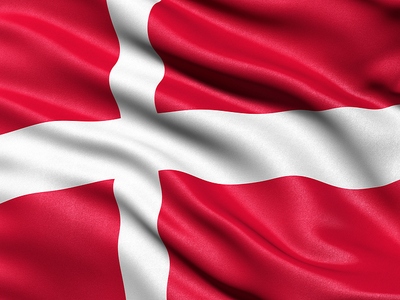
Football is the national sport in Denmark, though the population of the country is only about 5.6 million, so that’s not necessarily saying much. How the sport reached the country in the first place is open to some debate. Some claim that British sailors brought it over when they were based in Copenhagen, whilst others think Danish ex-pats returned from the UK with the sport ingrained in them. Whatever the truth, we do know that the Danish side Kjøbenhavns Boldklub is the oldest sports club in continental Europe.
When it comes to the Danish football league system it’s relatively simple to understand. There are three main divisions, which are known as the Danmarksturneringen. The forth level of the pyramid is called the Danmarksserie and has three different pools with fourteen clubs in each. The top-flight is the Danish Superliga and there are fourteen teams competing in it to be named champions of Denmark. The league is constructed in an odd manner that sees it split into two different groups at the end of a ‘normal’ season, with the top group competing for the championship and the bottom trying to stay in the league full-stop.
France
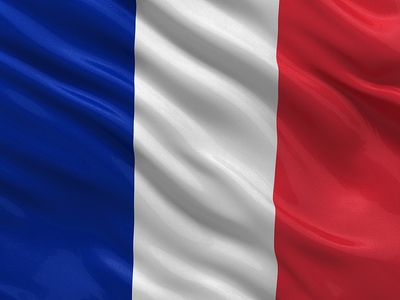
France’s multi-ethnic national side has struggled for an identity ever since the early part of the 20th century when two different organisations sent football teams to London for the 1908 Summer Olympics. It hasn’t stopped them gaining success over the years, however, with two European Championship victories and 2 World Cup wins to boast about.
Domestically there are two main leagues worthy of conversation in France. Ligue 1 is the top-flight and boasts a combination of historically famous teams like St. Etienne and more modern day behemoths such as Paris Saint-Germain. In Europe French teams have struggled to make an impact, with Marseille’s 1993 European Cup victory the only major trophy to speak of.
Germany
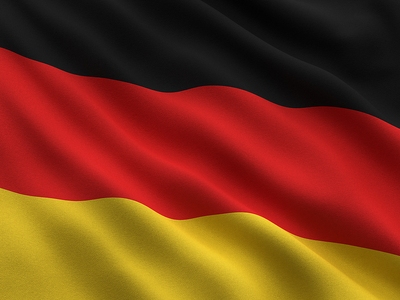
Germany is the second most successful country in world football behind only Brazil. They have won the World Cup four times, with three of those victories coming under the banner of West Germany and one as the reunified Germany. They have won the European Championship on three separate occasions, twice as West Germany and once as Germany. They’ve been semi-finalists of the World Cup eight times and have reached the same phase of the Euros six times.
Eighteen teams compete in the top-flight of German football, the Bundesliga. The same number of teams compete in the second-tier, 2. Bundesliga, and twenty teams play in 3. Liga. This equates to 56 teams playing in Germany’s main leagues with thousands more competing in the country’s lower league system.
Greece
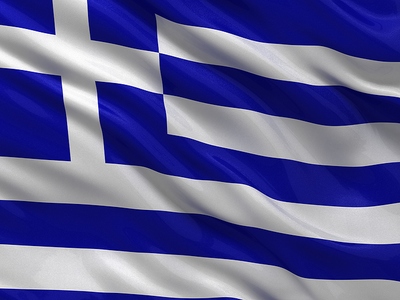
When it comes to sport you probably associate Greece more with things like athletics, track and field, and other Olympic-based events. Technically, though, the Ancient Greeks were playing a foot-themed ball game long before the rest of the world even knew what a foot or a ball were. The largest stadium in the entire country is what links the sport you think of for Greece as well as the one we’re talking about – it’s the Olympic Stadium, and it can house around 75,000 people. That’s not particularly reflective of the rest of the country’s stadia, however, with the well-known clubs able to house somewhere between fifteen and thirty thousand people but most coming in with capacities of less than 10,000.
The Greeks have never won the FIFA World Cup, with their best performance coming in 2014 when they made it to the round of the last sixteen. The same cannot be said of UEFA’s European Championships, though. Greece defied the odds to win the 2004 Euros, hosted in Portugal. The Portuguese even made the final, but their home crowd couldn’t roar them on to a win on home soil as the Greeks ran out 1-0 winners; they were crowned champions in spite of the fact that they scored just seven goals in the six games they played. Ironically, Greece have never made it past the group stage of the football discipline of the Summer Olympic Games.
Hungary
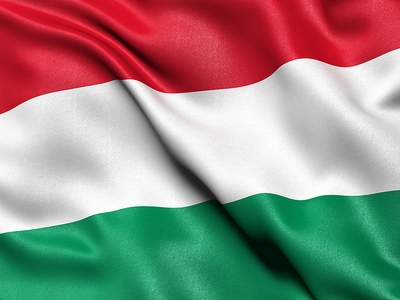
The Hungarian football team was formed in order to take part in the football tournament in the Summer Olympics of 1912. The country has enjoyed an affinity with the tournament ever since, winning the Gold medal three times. In the 1950s the team of Ferenc Puskás became the greatest one to never win one of the major tournaments, missing out on the World Cup in 1954 thanks to a 3-2 loss to West Germany.
Domestically, the Hungarian league might not claim quite the same degree of prestige as some of the European equivalents like Spain and Germany, but that’s not to say that it isn’t worth its salt. The top team from the top-flight makes it into the Champions League qualifying phase every season, for example, with other top teams making it into the Europa League. The domestic football league is split over several divisions that operate a system of promotion and relegation between them.
Ireland
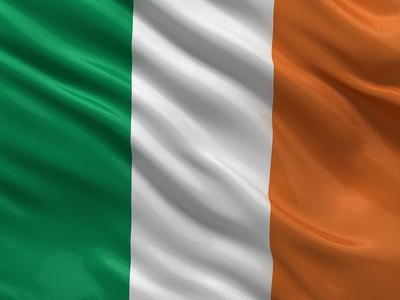
The Republic of Ireland is an odd European country insomuch as it does not consider football to be its most popular sport. That honour undoubtedly belongs to rugby union, and it is for that reason that the home of the ROI international football team is shared with the international rugby union side as well as Leinster Rugby. The lack of association football’s popularity can be spotted in the size of normal football stadiums around the country, with the majority being able to host less than 5,000 supporters and bigger grounds than that typically being shared with a rugby team.
The top-flight in Ireland is known as the SSE Airtricity League Premier Division owing to sponsorship. It is part of a league system that has twelve levels and operates a system of promotion and relegation with the second-tier, the First Division. As for the national side, it has competed in its own right since the country of Eire split in half in 1920. The Irish Free State, later to become the Republic of Ireland, made it to the quarter-finals of the 1924 Summer Olympics. That is also the furthest stage of the World Cup that the country has reached, something it achieved in 1990.
Italy
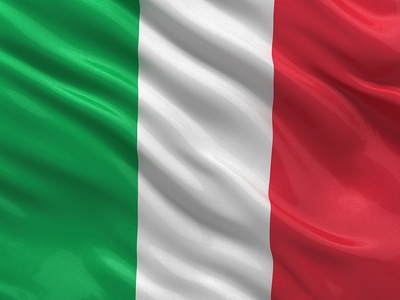
The Azzurri are one of the most successful football clubs in the history of the game. They have won the World Cup four times, becoming the first ever nation to defend their title when they won back-to-back tournaments in 1934 and 1938. They have also been the losing side in two World Cup finals. On top of that, Italy have appeared in three European Championship finals, winning one of them. In 1936 the Italians won the Summer Olympics, held in Berlin.
Twenty teams compete in the Italian top-flight, known as Serie A. Juventus are the most successful domestic club in Italy, even taking into account the titles that they had stripped from them for their alleged role in match-fixing in the early part of the 21st century. AC Milan are the most successful Italian club in Europe, however, having won the European Cup seven times, second only to Real Madrid.
Netherlands
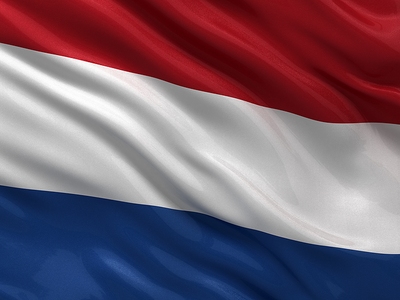
Famous for introducing the world to the concept of ‘Total Football’, the Dutch have the unenviable record of having appeared in the most World Cup finals without ever having won the competition itself. They have won the European Championships, however, beating the Soviet Union in 1988 in order to take the crown.
The top-flight of Dutch football, known as the Eredivisie, features eighteen teams and is one of just two completely professional leagues in all of the Netherlands. The second-tier of the Dutch footballing pyramid is the Eerste Divisie and twenty teams compete in it. There is one semi-professional level and a further seven amateur levels within the Dutch game.
Poland
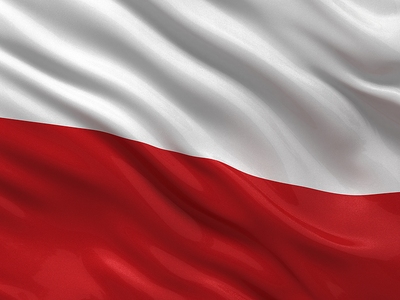
As is the case throughout Europe, football is the most popular sport in Poland by some distance. About 400,000 people play the game regularly with millions more readily calling it an occasional past-time. The game gained popularity in Poland thanks to two men. Prof. Henryk Jordan was a philanthropist who developed a sports park where the game was played, whilst Edmund Cenar was believed to have translated the Cambridge Rules into Polish as well as been responsible for bringing the first football into the country.
As far as the league system in Poland is concerned it is suitably convoluted. Sixteen teams take part in the top-flight, known as Ekstraklasa. There are then a number of levels below that on the Polish football pyramid, each containing a number of divisions and sections split according to their geographical location. A system of promotion and relegation exists between most of the divisions, allowing even a lowly team to climb to the top of the Polish league and win the championship.
Portugal
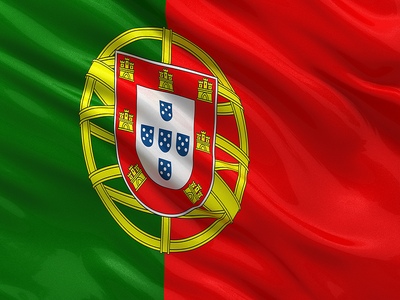
The Portuguese national side was formed in 1914 under the name União Portuguesa de Futebol, though the outbreak of World War I meant that A Seleção didn’t play their first competitive international match until 1921. They have reached the semi-finals of the World Cup on two separate occasions, firstly in 1966 and then again forty years later. They have won the European Championships just once, in 2016.
Domestically Portuguese football is controlled by the Liga Portuguesa de Futebol Profissional, though the LPFP is itself under the jurisdiction of the Federação Portuguesa de Futebol, or FPF. Eighteen teams play in the top-flight league, the Primeira Liga, with a further twenty-four competing in the Segunda Liga. Since its inception the Primeira Liga has been dominated by three teams, namely Benfica, Sporting Lisbon and Porto.
Romania
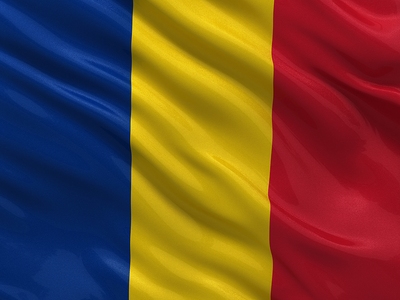
In Romania the sport of football is governed by the Romanian Football Federation, called Federaţia Română de Fotbal in its native language. The origins of the game in the country go back as far as the early 1900s, with the first league – Divizia A – set up in 1909. They played their first international game in 1922 and were one of just four European teams to take part in the first ever World Cup. They also took part in the World Cups of 1934 and 1938. The furthest round of the World Cup, European Championship and Summer Olympics that Romania has reached is the quarter-finals.
The top league in Romania is Liga I which contains fourteen teams. Steaua București are the all-time champions of Romanian domestic football, having picked up 26 league titles over the years. There is a system of relegation to and promotion from in place with Liga II, the second-tier of Romanian football. That is split into two leagues with eighteen teams in each. The champions of each league are promoted and replaced by the bottom two teams from Liga I.
Russia
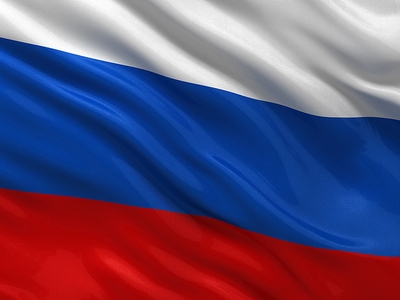
There are essentially two different countries to speak of when you discuss Russia. There is the USSR team that was a force in world football prior to the break-up of the Soviet Union at the start of the 1990s, and there is the Russia team that was formed in 1992. The former won the European Championships in 1960 and Gold medals at the Summer Olympics in 1956 and 1988. The latter have only twice managed to make it out of the group stage of either the Euros or the World Cup, something they achieved in 2008 when finishing in third place in that years European Championships, and reaching the quarter finals finishing 8th overall when they hosted the World Cup in 2018.
The Russian Premier League is the top-flight division of the domestic game in Russia. It has sixteen teams competing in it with the top two at the end of the season entering the Champions League. The bottom two teams, on the other hand, are relegated to the Russian National Football League. There are twenty teams in the second-tier of the Russian game and they have a system of relegation and promotion in place with the Professional Football League, Russia’s third-tier.
Serbia
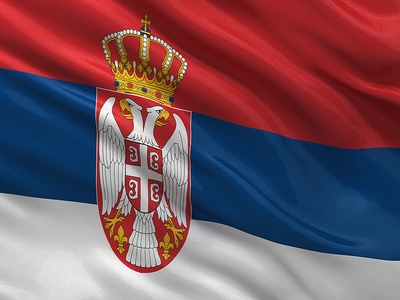
The history of the Serbian national team is probably best described as ‘complicated’. The region has long suffered political turmoil, meaning that Serbia’s history is actually the history of Yugoslavia, with Montenegro also part of the region until 2006 when it declared independence. Football is now the most popular sport in the country, but it only made it there at all because of a Jewish student named Hugo Buli who had been studying in Berlin and brought a football back with him when he returned home in 1896.
There are eight levels of football in the country, with the top-flight being the Serbian SuperLiga. A system of promotion and relegation is in play with the Serbian First League, which, despite its name, is actually the second-tier in Serbia. Whilst there is no dedicated national stadium, the Serbian national team plays the majority of its matches in the 55,000 plus seater Rajko Mitić Stadium. That is also the home of Red Star Belgrade and is the largest football ground in the country.
Spain
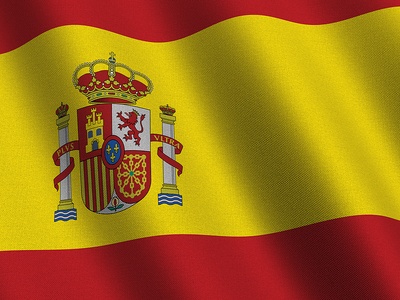
Spain are widely considered to be one of the most exciting teams in world football. They play an attacking game of possession based ‘fútbol’ that saw them win three major international tournaments on the bounce from 2008 to 2012. They won the World Cup in 2010 either side of European Championship victories, becoming the only team to achieve this.
Spain’s domestic top-flight is La Liga and, though more competitive than Portugal’s Primeira Liga for example, it has long been dominated by Barcelona and Real Madrid. It comes under the organization of the Liga Nacional de Fútbol Profesional, which in turn is answerable to the Real Federación Española de Fútbol. There are twenty clubs playing their games in La Liga and a further twenty-two play in the Segunda Divisíon, the second-tier of Spanish football.
Sweden
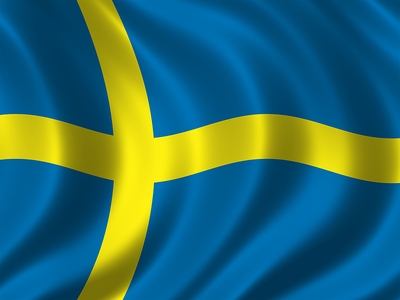
To anyone outside the country Sweden might be most famous for ABBA, meatballs and flat-pack furniture. They love their football, though, and have about 240,000 licensed players of both sexes with the same amount again taking part in youth football. The stadiums in Sweden are generally able to welcome less than 20,000 supporters, meaning that the country’s national stadium is something of an outlier considering its capacity is over 50,000.
Sweden have never won neither FIFA’s World Cup competition nor UEFA’s European Championships. They did win the Gold Medal at the Summer Olympics of 1948, however. They also made it to the final of the World Cup in 1958 but lost resoundingly to Brazil. They made the semi-finals of the Euros in 1992. Not bad considering it was the first time they qualified for the tournament and even then that was only because they were the hosts.
Switzerland
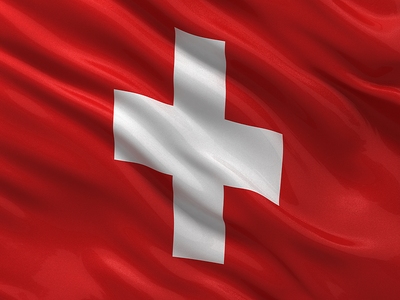
Football made its way to Switzerland from England at the end of the 19th century, though for twenty years the Swiss didn’t realise they’d got the dimensions of the goal posts wrong and that they were twice the size of the English goals! The national side has stayed neutral in major international competitions, allowing others to win them instead of going for gold themselves. Their best performance to date was obtaining a silver medal in the 1924 Summer Olympics.
Ten teams compete in the Swiss Super League, the top-flight division in Switzerland. A further ten teams compete in the second level of the footballing pyramid, with sixteen taking part in the third level. The system is run on a hierarchical basis that means even the lowliest team can make its way all the way to the top via promotion from within the divisions.
Turkey
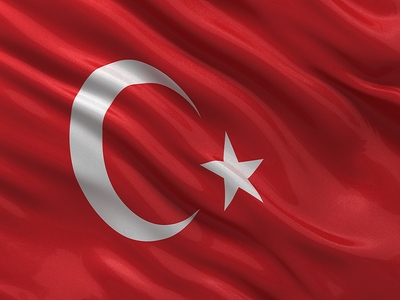
On the international stage it’s fair to say that Turkey’s performances have been ‘erratic’ over the years. They have only qualified for the World Cup three times, but they reached the semi-final of it at the third time of asking. Equally they’ve been involved in four European Championship tournaments but have reached both the quarter-final and semi-final stage during two of their campaigns.
As far as the domestic teams are concerned their European jaunts haven’t been filled with quite the same amount of unexpected highs. No Turkish team has ever competed in the European Cup final and only one has played in the UEFA Cup, with Galatasaray beating Arsenal for the trophy in 2000.
Ukraine
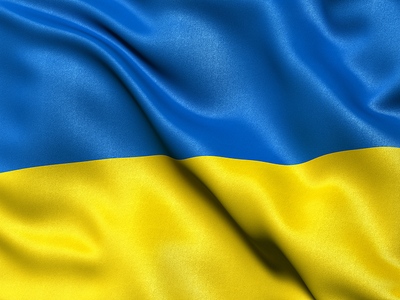
Technically football in Ukraine is very young indeed, with the country only gaining its independence from the Soviet Union in 1991 and the football team not playing an international match until the following year. Nevertheless they have reached the quarter-final of the FIFA World Cup once and played in three different UEFA European Championship tournaments, though they have yet to progress past the group stage.
Domestically Ukraine have some reasonably well-known teams. Dynamo Kyiv have often impressed in European competition, which is no surprise given they’re the country’s most successful football club. They haven’t won a European trophy, however, which can’t be said about Shakhtar Donetsk who won the UEFA Cup in 2009.
